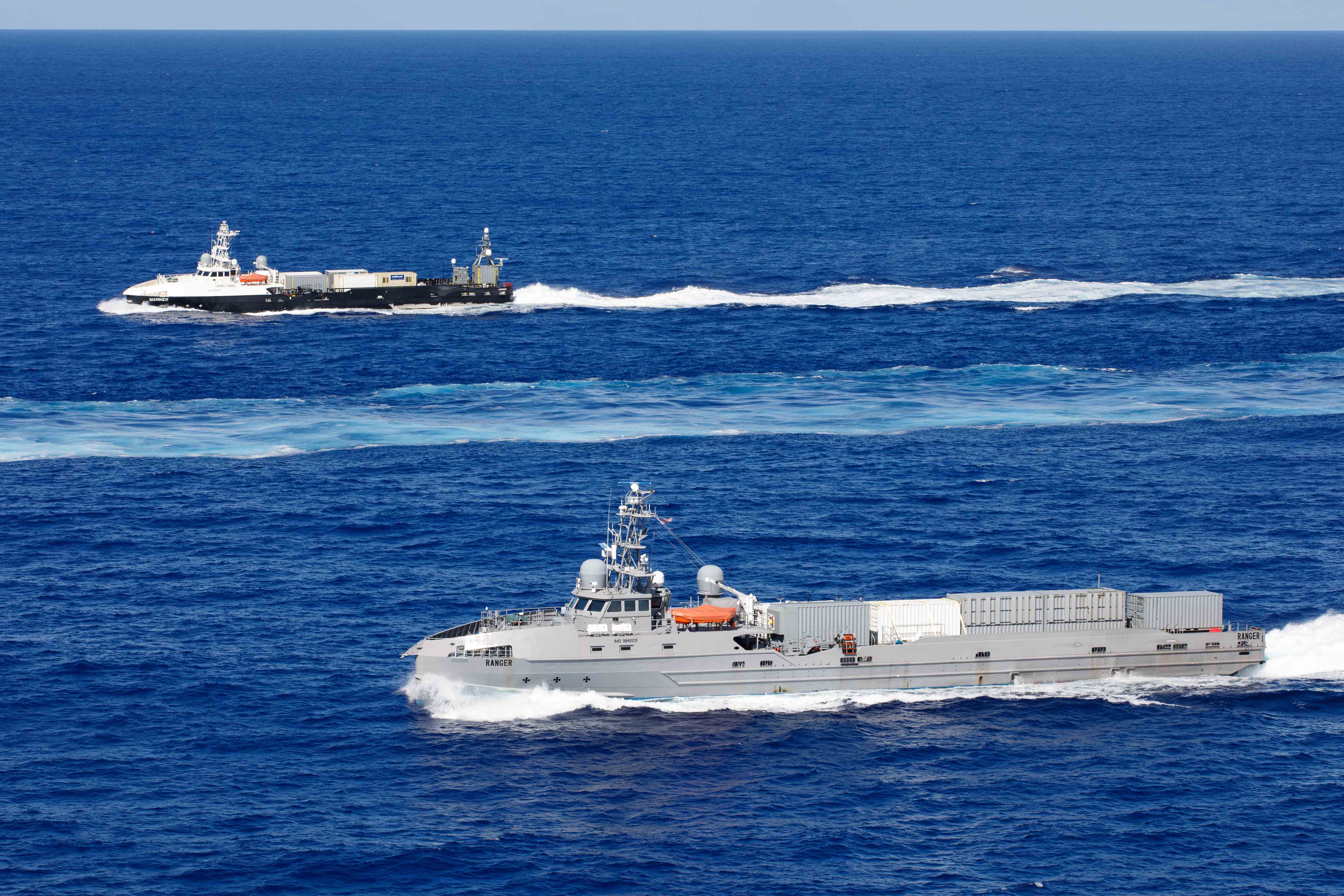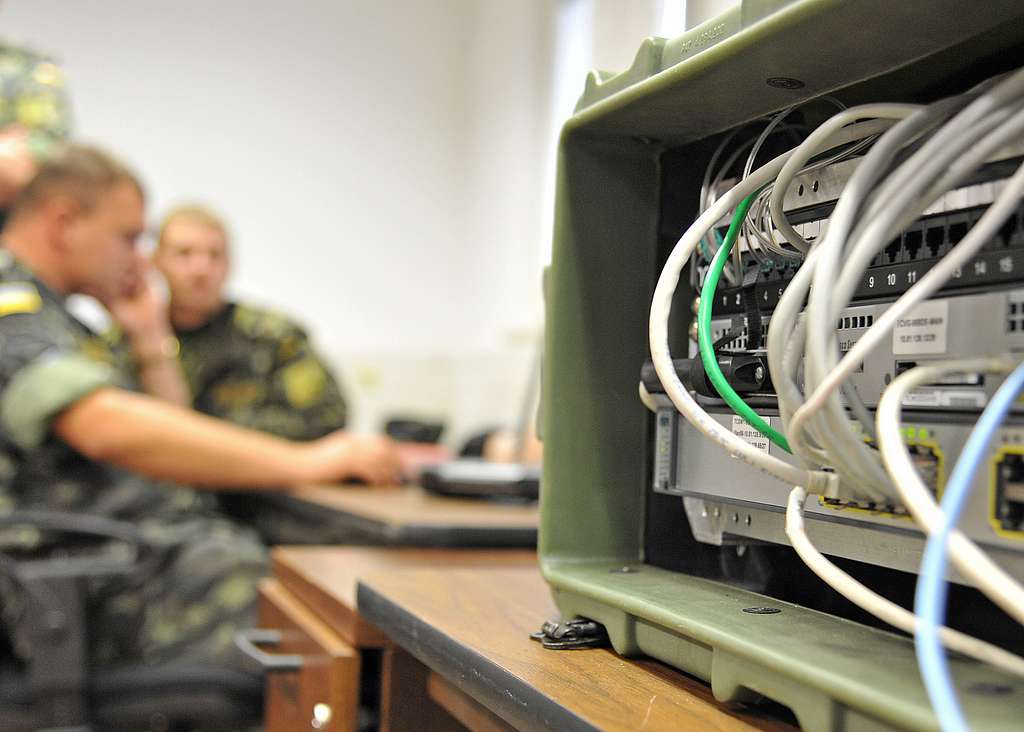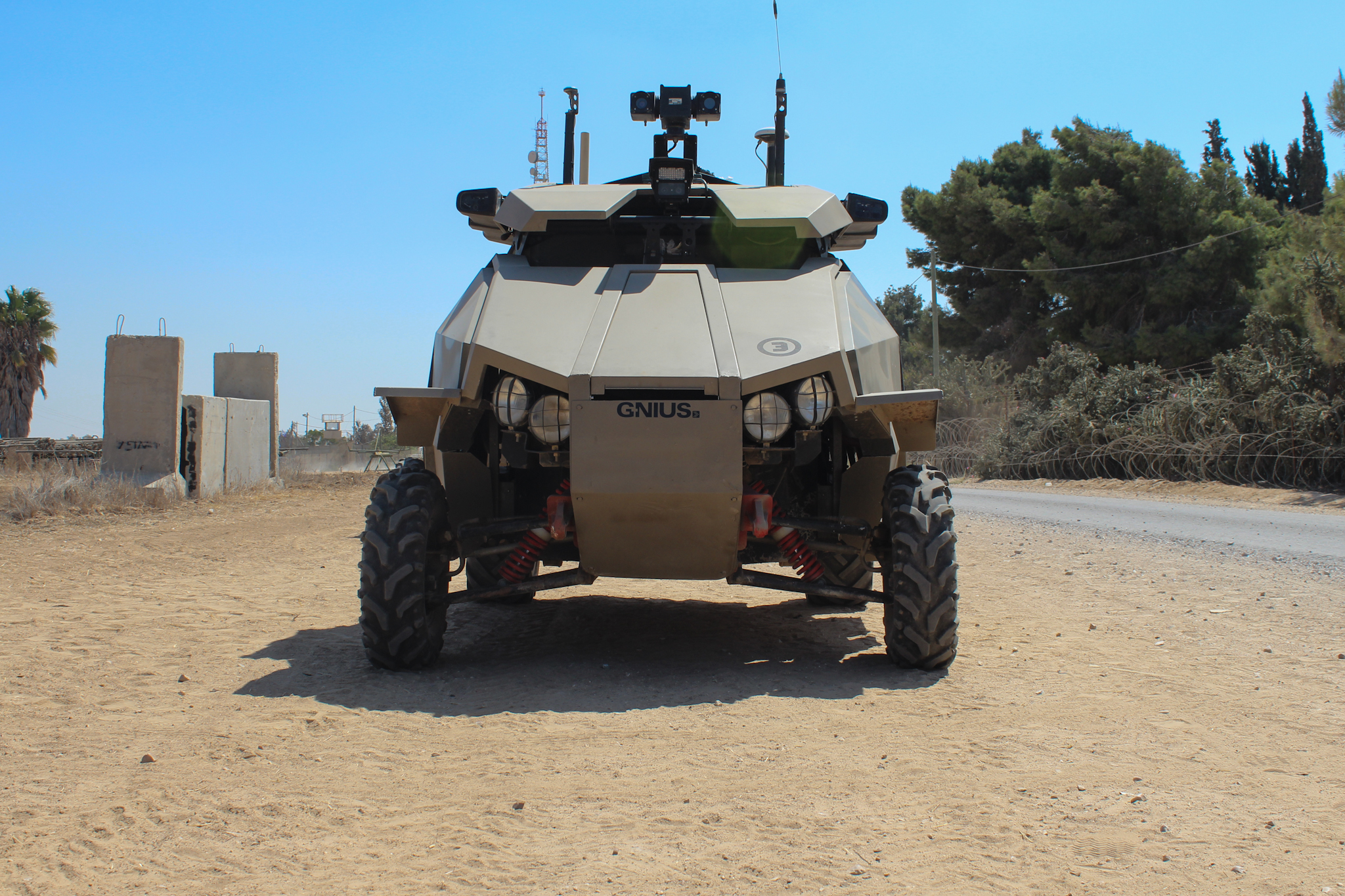Dan Klaidman on "How Obama Learned to Kill"
Yesterday, I linked to this article in the New York Times on the development of Obama's counterterrorism policies. I did not know when I posted it that my old colleague, Dan Klaidman, had a book excerpt out the same day.
Published by The Lawfare Institute
in Cooperation With

Yesterday, I linked to this article in the New York Times on the development of Obama's counterterrorism policies. I did not know when I posted it that my old colleague, Dan Klaidman, had a book excerpt out the same day. Raffaela linked yesterday to this incredible story in Newsweek/The Daily Beast, but I thought I would flag it specifically for the same reason I flagged the Becker-Shane story yesterday: It is richly reported and brings enormous detail to the subject. It also definitely wants to make me read the larger book, Kill or Capture: The War on Terror and the Soul of the Obama Presidency. Here's a sample:
Obama had just signed a series of executive orders aimed at rolling back the worst excesses of the Bush administration’s war on terror, and he was flush with the possibilities of what could be accomplished in the years ahead. Learning his way around the labyrinthine West Wing, he poked his head into an aide’s office. “We just ended torture,” he said. “That’s a pretty big deal.” Now, on the morning of Jan. 23, CIA director Michael Hayden informed the president of a drone missile strike scheduled to take place in the tribal areas of Pakistan, near the Afghan border.The targets were high-level al Qaeda and Taliban commanders. Hayden, accustomed to briefing the tactically minded George W. Bush, went into granular levels of detail, describing the “geometry” of the operation to the new president. Obama, who preferred his briefings concise, grew impatient and irritated with Hayden. But he held his tongue, and raised no objections.Tribesmen a world away, in the tiny village of Karez Kot, later heard a low, dull buzzing sound from the sky. At about 8:30 in the evening local time, a Hellfire missile from a remotely operated drone slammed into a compound “of interest,” in CIA parlance, obliterating a roomful of people.It turned out they were the wrong people. As the CIA’s pilotless aircraft lingered high above Karez Kot, relaying live images of the fallout to its operators, it soon became clear that something had gone terribly awry. Instead of hitting the CIA’s intended target, a Taliban hideout, the missile had struck the compound of a prominent tribal elder and members of a pro-government peace committee. The strike killed the elder and four members of his family, including two of his children.Obama was understandably disturbed. How could this have happened? The president had vowed to change America’s message to the Muslim world, and to forge a “new partnership based on mutual respect and mutual interest.” Yet here he was, during his first week in the White House, presiding over the accidental killing of innocent Muslims. As Obama briskly walked into the Situation Room the following day, his advisers could feel the tension rise. “You could tell from his body language that he was not a happy man,” recalled one participant.Obama settled into his high-backed, black-leather chair. Hayden was seated at the other end of the table. The conversation quickly devolved into a tense back-and-forth over the CIA’s vetting procedures for drone attacks. The president was learning for the first time about a controversial practice known as “signature strikes,” the targeting of groups of men who bear certain signatures, or defining characteristics associated with terrorist activity, but whose identities aren’t known. They differed from “personality” or “high-value individual” strikes, in which a terrorist leader is positively identified before the missile is launched.Sometimes called “crowd killing,” signature strikes are deeply unpopular in Pakistan. Obama struggled to understand the concept. Steve Kappes, the CIA’s deputy director, offered a blunt explanation. “Mr. President, we can see that there are a lot of military-age males down there, men associated with terrorist activity, but we don’t always know who they are.” Obama reacted sharply. “That’s not good enough for me,” he said. But he was still listening. Hayden forcefully defended the signature approach. You could take out a lot more bad guys when you targeted groups instead of individuals, he said. And there was another benefit: the more afraid militants were to congregate, the harder it would be for them to plot, plan, or train for attacks against America and its interests.Obama remained unsettled. “The president’s view was ‘OK, but what assurances do I have that there aren’t women and children there?’?” according to a source familiar with his thinking. “?‘How do I know that this is working? Who makes these decisions? Where do they make them, and where’s my opportunity to intervene?’?”In the end, Obama relented—for the time being. The White House did tighten up some procedures: the CIA director would no longer be allowed to delegate the decision to carry out a drone strike down the chain. Only the director would have that authority, or his deputy if he was not available. And the White House reserved the right to pull back the CIA’s signature authority in the future. According to one of his advisers, Obama remained uneasy. “He would squirm,” recalled the source. “He didn’t like the idea of ‘kill ’em and sort it out later.’?”





